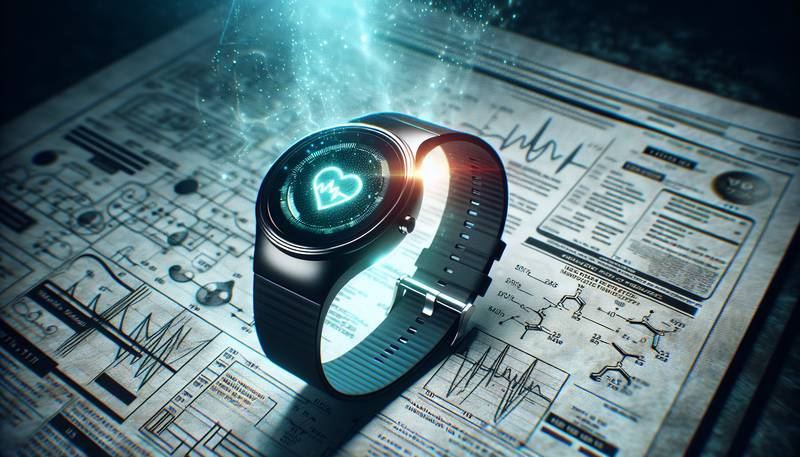Samsung's Revolutionary Patent for Heart Health Monitoring on Wearables

In a significant step towards advancing the capabilities of wearable technology, Samsung has filed a patent that could transform the way smartwatches track and monitor heart health. The new technology proposes to convert continuous heart rate data into electrocardiogram (ECG) results without requiring active user participation. This marks a potentially groundbreaking innovation for users seeking more comprehensive insights into their heart health.
Continuous Heart Health Tracking
The patent suggests Samsung's intention to create a system that automatically generates ECG waveforms from photoplethysmography (PPG) signals, a method used by smartwatches to measure heart rate. This would allow for constant monitoring of the user's heart rate and rapid detection of irregularities such as atrial fibrillation (AFib).
A Smarter Approach with Generative AI
To ensure accuracy and minimize false positives, Samsung intends to employ a generative AI system. This artificial intelligence will establish a first-order Markov relationship between PPG signals and ECG data, producing reliable heart health analytics.
Which Samsung Devices Could Benefit?
Although this technology is currently in the patent stage and may not be available immediately, it holds promise for future Samsung Galaxy Watch models, including the highly anticipated Galaxy Watch 7 and the rumored Galaxy Watch Ultra. Existing Galaxy Watch models with ECG functions, such as the Watch Active 2 and Watch 3, could also potentially receive updates to incorporate this new algorithm.
To add to the excitement, the innovative Samsung Galaxy Ring is expected to incorporate ECG functionality, potentially making it one of the earliest wearables to utilize Samsung's new technology.
As heart health remains a vital concern, Samsung's commitment to enhancing wearable technology could lead to life-saving advancements and provide users peace of mind with automated, around-the-clock heart monitoring.


